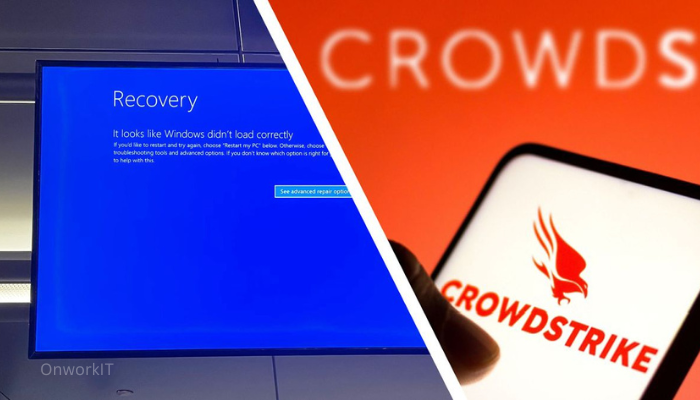If Internet collapsed, A massive IT system failure triggered a wave of misinformation and conspiracy theories.
Recent Failure in IT
A recent major IT system failure caused significant disruptions in the operations of airlines, banks, television channels, and financial institutions. It also led to the spread of numerous conspiracy theories. The incident was caused by a faulty update of an antivirus program based on Microsoft Windows.
This case vividly demonstrated the new reality of information chaos, where conspiracy theories spread instantly on social platforms following significant global events. Many of these platforms have relaxed measures against misinformation, which contributes to the rapid spread of false news.
Following the internet outage, numerous posts began to appear claiming that the world had come under attack by sinister forces. On platform X (formerly known as Twitter), messages predicting the beginning of a “cyber war” started to surface.
One of the most popular theories became the idea that the World Economic Forum (WEF) orchestrated a global cyberattack. To support this theory, an old WEF video was used, warning about the possibility of a Cyberattack with characteristics similar to COVID-19. The video suggested that the only way to stop the spread of cyber threats would be to disconnect millions of vulnerable devices from each other and from the internet.
Another theory that quickly gained popularity was associated with the hashtag “cyber polygon,” referring to an international training event preparing for possible future attacks.
This incident once again emphasized how easily false messages can spread in the conditions of modern technological platforms, which have reduced content moderation and restored accounts of well-known disseminators of misinformation.

Role of CrowdStrike
The failure that led to the shutdown of many aspects of daily life and the fall in stocks on American stock markets was caused by an error in an antivirus software update for Windows from the American cybersecurity company CrowdStrike. The company’s CEO, George Kurtz, stated that CrowdStrike has already released a fix and is actively working to resolve the issue, but this has not stopped the spread of conspiracy theories.
The scale of this incident and the subsequent wave of misinformation demonstrate the need to improve methods for combating false information in an era of rapid and extensive information flows.








